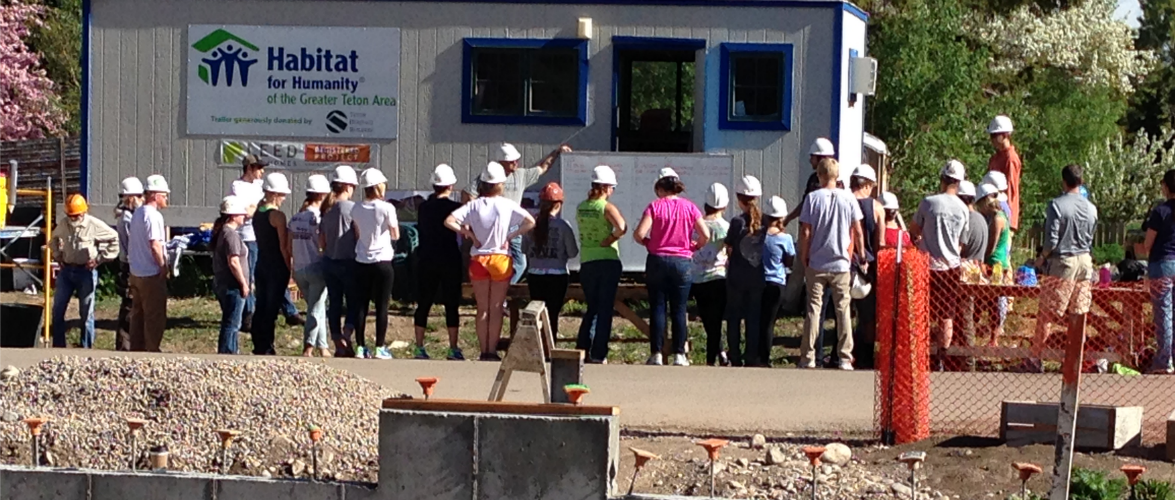Workforce housing opportunity: one and a quarter acre a mile from Wilson. $3,000 an acre! Alas, dateline 1967. Based on the Federal Reserve’s measure of CPI, that’s about $21,000 in today’s dollars. It was the price Margaret Schofield was asking on 5-acre parcels just south of Wilson when four river guides/ski area workers/off-season laborers threw their money together, bought a parcel and split it equally among themselves. Say you built a 1,500 sq. ft., Bob Koedt-design, house for $13 ($91 now) a square foot, including your laborer’s wage of $1.80/hour ($13/hour now), with the help of a $17,000 ($120,000 now) loan from Felix Buckenroth. Voila! You have housing for a family of five. Today? Not so fast.
What would a similar house today sell for? AT least $700,000. And the new owner would probably only be there part time. If an affordable house is 300% of Teton County’s 2013 median family income of $96,800, then what was once workforce housing will today sell for 2 to 2.5 times an affordable home, let alone what a ski patrolman/carpenter could afford.
Teton County has an active and effective affordable housing program. It’s a complex, multi-tiered program requiring the full time efforts of three different housing agencies: Teton County Housing Authority, Jackson Hole Housing Trust and Habitat for Humanity. Their workload is daunting.
Traditional efforts are reaching their limit. As properties like the one above roll over, it reduces workforce housing opportunities, while growth adds to the need. Already town is abuzz with tales of employees trying to find housing and employers trying to find employees. JHMR is addressing the issue head on, building its own workforce housing behind K-Mart, some of which will be available to other employers. A new development in “Midtown,” the Grove, has been approved and will offer a rent-based approach with opportunities for local convenience-based commercial. Teachers will have options at the Schwabacher parcel.
Let’s leave no stone unturned. We shouldn’t pass up opportunities for workforce residential like that offered by the 10-acre Forest Service Parcel off of North Cache. The rental model can be further refined and deployed. We can improve transportation for commuters. And we can look at the roots of the issue—development itself.
Because $21,000 an acre just isn’t an option these days.

